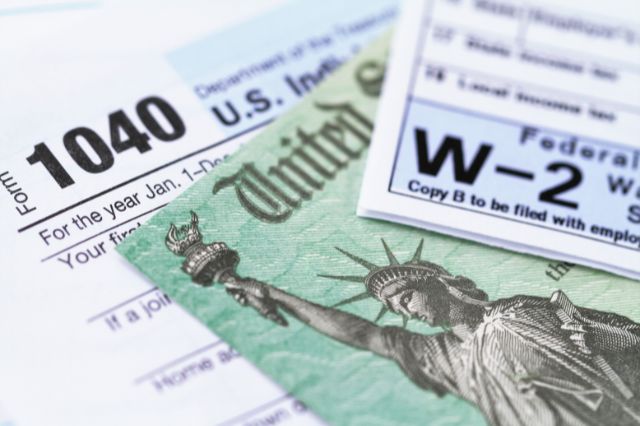Filing your taxes can feel overwhelming, especially when faced with a mountain of forms. However, understanding the purpose of each tax form can simplify the process significantly. This short guide breaks down some of the most common personal tax forms, helping you identify which ones you might need.
Income Reporting Tax Forms
This section focuses on the common personal tax forms you might need to fill out that report income to the IRS.
- Form 1040: U.S. Individual Income Tax Return: This is the core document for filing your annual income tax return. It’s where you report your total income, deductions, and credits to calculate your tax liability.
- Form W-2: Wage and Tax Statement: Your employer provides this form at the end of the year. It summarizes your earnings, including wages, salary, and withheld taxes (federal income tax, Social Security tax, and Medicare tax).
- Form 1099 Series: These forms report various types of income outside of traditional employment:
- 1099-NEC (Previously 1099-MISC for nonemployee compensation): Reports payments made to independent contractors, freelancers, and other non-employees for services rendered.
- 1099-INT: Interest Income: Reports interest earned from bank accounts, bonds, and other investments.
- 1099-DIV: Dividends and Distributions: Reports dividends and other distributions from stocks, mutual funds, and other investments.
Deduction and Adjustment Forms
This section covers forms used to claim deductions and adjustments to your income.
- Form W-4: Employee’s Withholding Certificate: You give this form to your employer to instruct them on how much federal income tax to withhold from your paycheck. Completing it accurately can help you avoid owing a large sum or receiving a huge refund.
- Schedule A: Itemized Deductions: Use this form if you choose to itemize deductions instead of taking the standard deduction. Common itemized deductions include medical expenses, state and local taxes (SALT), and charitable contributions.
- Schedule C: Profit or Loss from Business (Sole Proprietorship): If you’re self-employed or own a small business as a sole proprietor, you’ll use this form to report your business income and expenses.
- Schedule D: Capital Gains and Losses: This form reports gains or losses from the sale of capital assets, such as stocks, bonds, and real estate.
- Form 8862: Information to Claim Earned Income Credit After Disallowance: If the IRS previously disallowed your Earned Income Credit (EIC), you’ll use this form to provide the necessary information to reclaim it.
Navigating the world of tax forms doesn’t have to be a daunting task. By understanding the purpose of each form, you can ensure you’re filing accurately and potentially maximizing your tax benefits. These forms cover a wide range of common tax situations. If you have specific circumstances, there might be additional forms you’ll need to complete.
Is there a particular form or tax situation you need more information about? Schedule a consultation today to speak with one of our CPAs to get you on the path to tax-free wealth!

